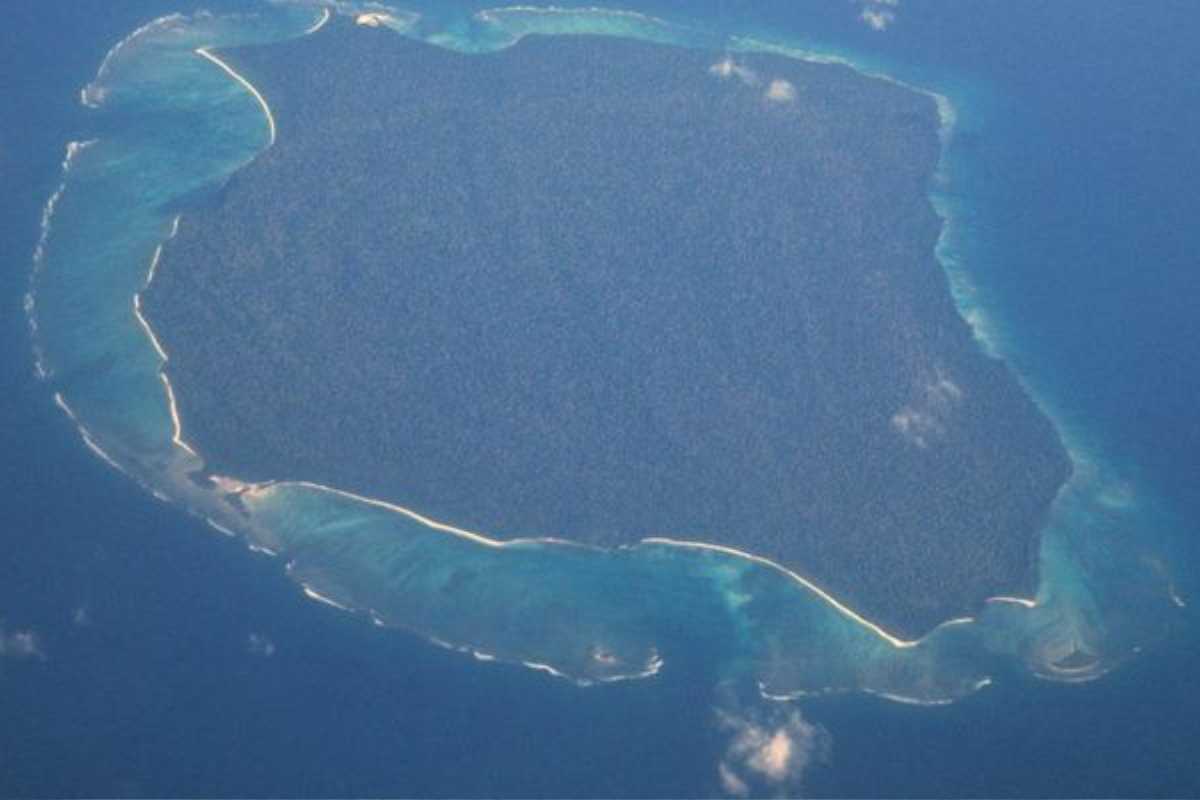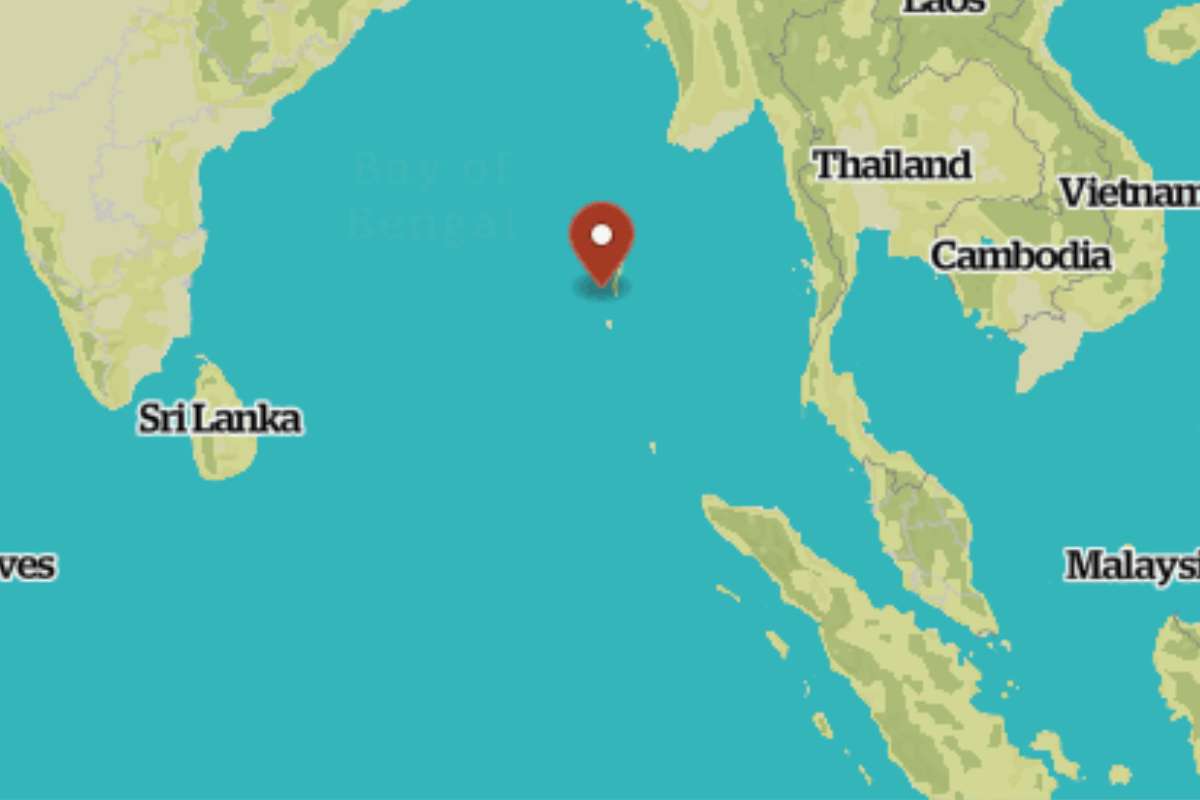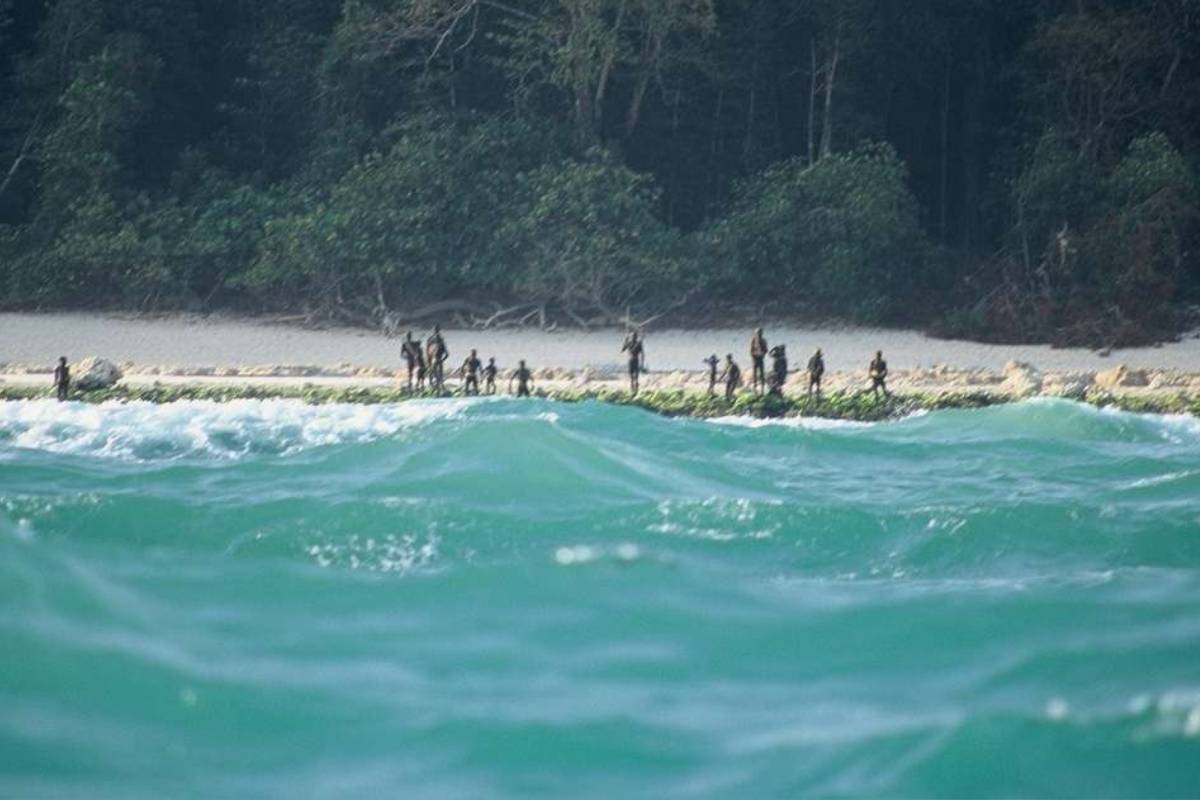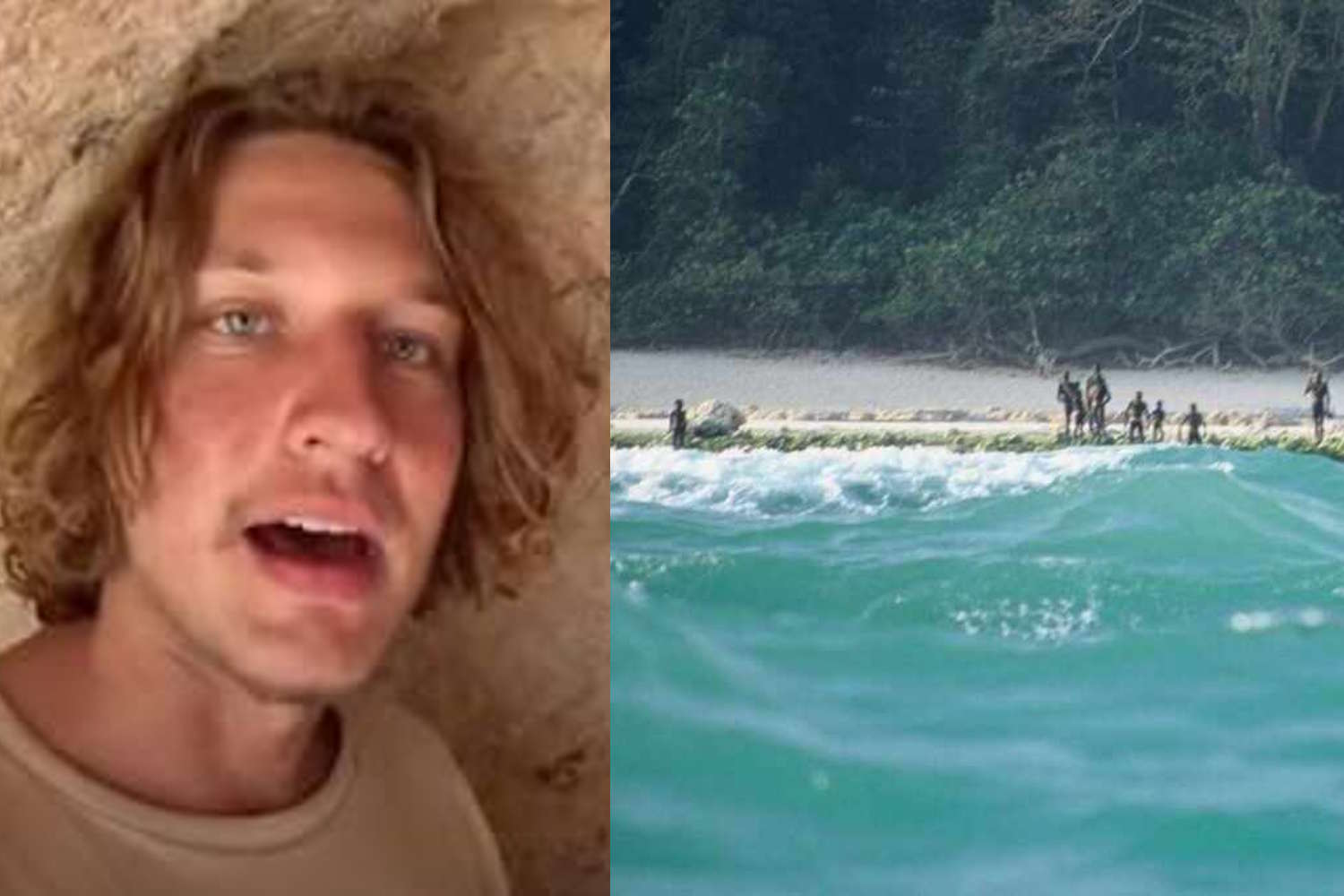An uncontacted tribe on North Sentinel Island resists all outside contact. Recent trespasses show why their survival depends on strict isolation.

Tucked away in the Bay of Bengal, North Sentinel Island is part of India’s Andaman Islands — but in many ways, it might as well be on another planet. Its inhabitants, the Sentinelese, are among the last people on Earth to remain entirely uncontacted by the modern world, living in strict isolation and fiercely resisting any approach from outsiders.
Although the island falls under the jurisdiction of India’s Andaman and Nicobar administration, the authorities honor the tribe’s wish to be left alone, keeping their distance and monitoring the island only from afar.

Geography of north sentinel island
North Sentinel is one of two Sentinel Islands, lying about 22 miles (36 km) west of the fishing village of Wandoor and 31 miles (50 km) west of Port Blair. Shaped almost like a perfect square, it covers roughly 23 square miles (59.67 km²), wrapped in dense rainforest and ringed by a thin strip of beach. A protective coral reef encircles it, with no natural harbors to welcome ships.
The coastline didn’t always look this way. After the catastrophic 2004 Indian Ocean earthquake, the tectonic plate beneath the island tilted, lifting it by three to six feet (one to two meters) and reshaping its shores. What had once been shallow lagoon became part of the beach, and some reefs were left high and dry.
A history tied to its people
The island’s story is inseparable from that of the Sentinelese themselves. The Onge, another Andamanese group, knew the island and called it Chia daaKwokweyeh. But while they shared certain cultural traits, the two peoples never mingled — their languages were mutually unintelligible, and the Sentinelese remained apart.
Centuries ago, during the reign of Rajendra Chola I, the Andaman Islands served as a naval base against the Srivijaya Empire. In the 1600s, they became a temporary haven for Maratha ships. By the 19th century, the British began probing North Sentinel. In 1867, survivors of the merchant ship Nineveh were forced to defend themselves against Sentinelese arrows until the Royal Navy arrived.
The colonial era saw sporadic and often tense contact attempts. Even into the 20th century, outreach rarely ended well. In 1974, while filming a documentary, a crew was met with a volley of arrows. The following year, Belgium’s former king Leopold III had an unplanned close encounter during a cruise. In 1981, when the cargo ship MV Primrose ran aground on the reef, the stranded crew spotted islanders gathering weapons. A sudden storm kept them from attacking — nature itself acting as a bodyguard — and a helicopter rescued the crew a week later.
Fragile first contacts

survival.it
The first cautious signs of peace came in January 1991, when a team led by Triloknath Pandit of the Anthropological Survey of India — joined by anthropologist Madhumala Chattopadhyay — made a non-hostile landing. Chattopadhyay, known for her rapport with other Andamanese tribes, may have been the key to that rare moment of trust.
Still, the visits ended within a few years. In 2005, India banned all approach within three nautical miles to shield the tribe from disease and intrusion. The Sentinelese, for their part, have shown no change of heart: in 2006 they killed two fishermen who had drifted too close, and in 2018 they killed American missionary John Allen Chau, who had come hoping to convert them.
Life on the island
Their numbers are estimated between 50 and 500. They hunt, fish, and gather, but do not farm or raise animals. Clothing is absent, though leaves and cords serve as adornment. Homes range from communal huts to smaller shelters for individual families.
Survival International calls them “the most vulnerable society on the planet” — a stark reminder that contact with the outside world could be fatal. Even the common cold could decimate the tribe.
Modern intrusions
Despite strict laws, illegal fishing still threatens their waters. Just this April, 24-year-old American YouTuber Mykhailo Viktorovych Polyakov was arrested in India after trying to make contact. Departing from Port Blair on March 29, 2025, he reached the island, left a Diet Coke and a coconut on the sand as “gifts,” and whistled toward the forest while filming with a GoPro.

Local fishermen spotted him and alerted police, who detained him. His stunt underscores the fine line between curiosity and recklessness — and the danger such visits pose to the Sentinelese.
What lies ahead
The tribe’s future depends on their ability to remain undisturbed — and on India’s and the world’s resolve to protect that choice. Whether North Sentinel stays one of the last truly untouched places on Earth will be decided not by the Sentinelese, but by whether outsiders can keep their distance.
